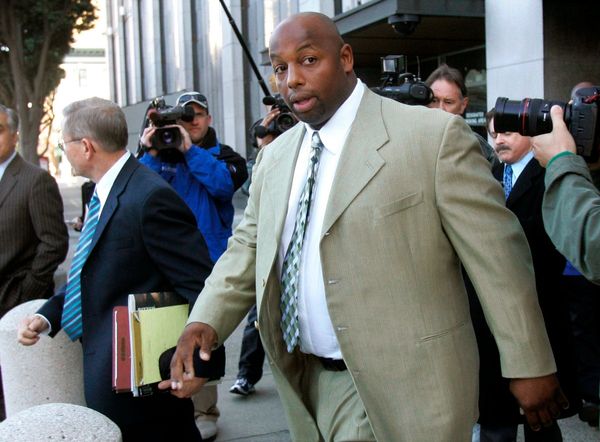Retail sales rose much more than expected in September, signaling consumer spending and the U.S. economy are running too hot for the Federal Reserve's liking. That's despite headwinds such as the ongoing UAW strike vs. Ford, General Motors and Stellantis, as well as the resumption of student loan payments.
The S&P 500 opened lower as Treasury yields soared, but rebounded higher
Retail Sales
September retail sales rose 0.7% vs. August, the Commerce Department reported Tuesday. That was more than double estimates of 0.3% and the best gain since January. Retail sales climbed 0.6% excluding autos and excluding autos and gasoline. Economists had expected gains 0.2% and 0.1% for those two measures.
Meanwhile, August retail sales growth was revised higher to 0.8% from 0.6%. So was the ex autos reading. Sales excluding autos and gas were revised up to 0.3% from 0.2%.
The data suggest the economy is still running hotter than the Federal Reserve would like to bring down inflation, though there are reasons to believe growth will slow in Q4.
S&P 500, Treasury Yields Reaction
After the retail sales data, the S&P 500 initially fell solidly, but closed flat in Tuesday's stock market action. The 10-year Treasury yield soared 14 basis points to 4.85%.
On Monday, the S&P 500 rose 1.1%, rebounding back above its 21-day moving average but still below its 50-day line.
The 10-year Treasury bond yield jumped 8 basis points to 4.71% on Monday. The 10-year yield hit a 16-year high of 4.89% on Oct. 6.
After the retail sales report, the odds of a Nov. 1 Fed rate hike rose to 9.4% from 6.7%. The chance of a Dec. 13 rate hike climbed to 43.6% from 35.3%.
A big reason why Fed rate hike odds aren't higher is because surging Treasury yields are acting a brake on the economy.
UAW Strike
The United Auto Workers strike vs. Ford, GM and Chrysler parent Stellantis has gone on for more than a month, with the costs mounting. The impact will intensify as dwindling supply cuts sales and striking workers feel the pinch.
Student Loan Repayments
The first payments on some $1.7 trillion in federal student loans are due in October, though Treasury data showed that payments had already started to pick up in August. The loan repayments will act as a drag on other spending.
Please follow Ed Carson on X/Twitter at @IBD_ECarson, Threads at @edcarson1971 and Bluesky at @edcarson.bsky.social for stock market updates and more.







